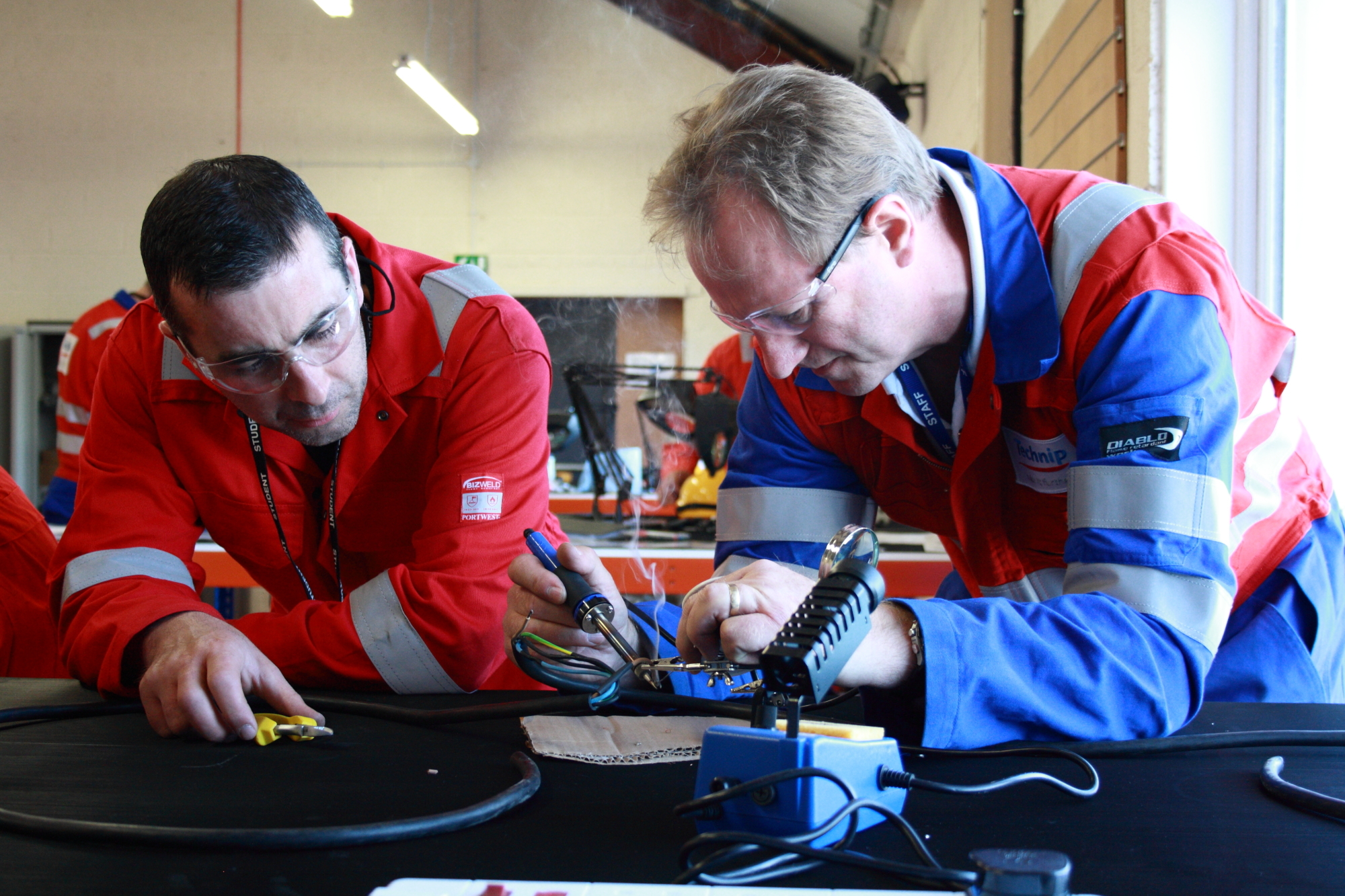The need for a skilled, competent workforce in the global oil and gas industry has never been greater, and there is a very real concern that if not enough personnel are being trained now, then future needs will not be met.
The International Marine Contractor’s Association (IMCA) has highlighted that, due to the projected growth in the market for Remotely Operated Vehicles (ROV) operations, there will be a shortfall of approximately 2,000 ROV personnel through 2012-2017. It is believed that this is already an underestimate, with the figure in reality being far higher.
Meanwhile, a report by Douglas-Westwood – The Market for Work Class ROV Operations from 2008-2017 – showed that ROV expenditure was expected to more than double by the end of the period.
The Underwater Centre in Fort William has been training people for the subsea industry for the past 40 years, working closely with industry to help meet the challenges that the recent increase in activity is creating, as well as to help reduce the projected shortfall of skilled, competent staff.
Its latest training course for those working with work class ROVs is the direct result of ongoing industry collaboration, and has been made possible thanks to significant support from companies such as Fugro, Lawsons Engineering, Kongsberg, FMC Schilling Robotics, and Digital Edge. The course syllabus was developed with the help of Technip, which also provided a Triton XL32 and TXL simulator.
A global first for an independent training provider, the five-week course significantly enhances The Underwater Centre’s comprehensive suite of ROV training courses.
Steve Ham, general manager of The Underwater Centre, said its main aim is to change the way industry recruits and trains its staff.
“The course was intensive and challenging for the first batch of students but it has been very successful,” he said.
“The requirement for the course came from industry in recognition of the fact that there is a shortage of skilled, competent personnel in the sector. It also currently takes a significant amount of time for ROV pilot technicians to work their way through the ranks – the aim of this course is to help reduce that time by providing the necessary core skills and practical application required to operate work class ROV systems.
“It is aimed primarily at those with a background in electrics, electronics, hydraulics and mechanics, and provides training in key areas such as ROV industry familiarisation, electrical and electronic systems, work class ROV hydraulics, as well as High Voltage awareness and Working at Height training; all succinctly included in the five-week course, therefore avoiding any additional cost – both financial and of time – to attend further training elsewhere. Fundamentally, the course aims to speed up the time, and ultimately reduce the cost of moving staff into more senior roles.
“In the first course, the students worked well together as a team, considering their varied backgrounds and cultural differences, as would be expected in a normal offshore environment. The course includes a combination of classroom theoretical learning, as well as the important practical elements, whether in our newly created Mechanical Workshop or Electrical Workshop, or on our ROV support vessel, Loch Sunart, which is moored out on Loch Linnhe.
“The intensity of the syllabus did surprise some of them; however, they used any available time in the evenings or at weekends to maintain the pace. They worked hard during their time here and all feel they have gained significant knowledge and experience which they can now apply to their roles offshore. The combination of classroom and workshop training and practical application of their newly developed skills will be a great benefit.”
There are different classes of ROVs – observation or inspection class and work class – and each ROV is used in different ways for undertaking different subsea tasks. While the smaller observation class ROVs are used more for inspection work, checking the integrity of a structure or diver observation, work class ROVs are much larger and are used primarily for subsea construction and survey applications throughout the industry, and around the world. They are continually being developed in both size and capability in order to fulfil the ever-increasing demands within the offshore oil and gas industry. As such, it is important that industry and training providers continue to work together to develop courses based on requirements.
“There is a significant degree of flexibility in terms of course content and syllabus in order to keep up to date with current industry trends, and plans are underway to extend the work class ROV training on offer,” said Steve.
“We have two more courses scheduled for the end of the year, which will give us time to further refine the course and its syllabus. More courses are scheduled for 2015. We will continue to work closely with industry to develop courses based on its requirements, whether for modular competency-based courses, or more advanced training.”
